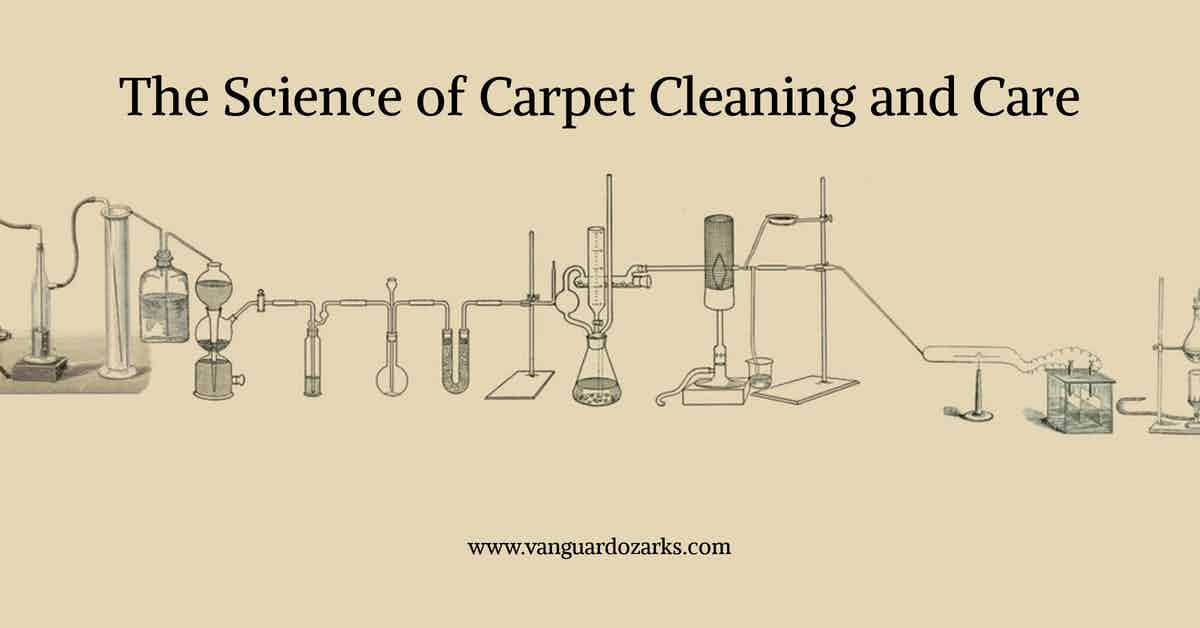Regular carpet and floor maintenance is a critical component of a holistic approach to cleaning that maintains a facility's professional appearance while protecting the physical and mental health of its occupants.

Subscription Carpet Care as a Method for Holistic Facility Maintenance
Routine carpet cleaning and floor care is a necessary aspect of facility cleaning and hygiene services, but is often overlooked.
While many organizations will often treat their carpets and hard flooring as necessary, often with an annual deep cleaning service to remove the worst of the dirt and grime, such scheduling is likely insufficient to address the buildup of soil and other contaminants.
The buildup of contaminants, dirt, and other toxins correspond to:
- The accelerated depreciation of the built environment and an organization's facility investment.
- An increase in occupant absenteeism due to health issues directly attributable to the workplace, and;
- A decrease in profits and occupant production derived from presenteeism, sick building syndrome, and challenges associated with occupant mental health.
Carpet Soil
Generically, carpet soil can be divided into three primary categories:
- Water-soluble - liquid spills and salt that are easy to clean with basic methods.
- Dry-solvent soluble - Asphalt, grease, and oils from humans, animals, or cooking that require chemicals to dissolve before extraction, and;
- Insoluble - Clay, sand, and grass, as well as human and animal skin cells and hair follicles, which cannot be dissolved with chemicals and require additional extraction equipment.
The soil presents an issue when it is allowed to build up, which typically starts at the main facility entrance and then is slowly drug across the walkways on the bottom of occupant's feet and any equipment that is rolled across the floor.
Previous studies have shown that the majority of carpet soil--approximately 55%--consists of abrasive materials, such as sand and limestone, which can quickly deteriorate both hard floors and carpet fibers--functioning as a kind of sandpaper as people traverse the surface.
10 to 12% is human or animal dander.
Another 10 to 12% is made up of vegetable fiber.
Most--74 to 79%--consists of dry particles that, at least in theory, can be extracted with regular high-quality vacuuming services.
However, the particles are often stuck to fibers or oils in the carpet or on the flooring, which dry vacuuming cannot remove.
Approximately 22% of soil on carpets and floors is considered oily--not water-soluble--and requires chemical extraction methods to remove.
Preventative Maintenance
Reactive carpet cleaning typically stems from neglect resulting in a dulled or diminished appearance, foul odors, and poor indoor environmental quality.
Preventing the buildup of soil on floors and carpets consists of:
- Maintaining clean exterior walkways--sidewalks, parking lots, and any major approaches to the facility.
- Protective walkway matting placed at the entrance to major entrances and exits, as well as high traffic walkways.
- Daily vacuuming with a commercial-grade, HEPA-filtered vacuum, and;
- Some form of a chemical extraction method appropriate for the surface being cleaned.
Common chemical cleaning and extraction methods consist of:
- Strip and Refinishing - Removing the old finish down to the bare floor and then reapplying layers of hard floor polish.
- Top Scrub & Recoat - A preventative maintenance version of a full strip and finish that removes and reapplies the top layer of finish.
- High-Speed Burnishing - Hard floor polishing with a high-speed buffer.
- Ceramic, Porcelain, or Stone Tile & Grout Scrub & Seal - High-pressure deep cleaning of porous tile, stone, and grout which commonly house bacteria that are regularly cited as the source of foul facility odors, especially in kitchens and bathrooms.
- Carpet Extraction - Hot water deep extraction of carpet oils and non-water soluble materials trapped in the fibers.
- Carpet Shampoo - Interim maintenance of carpets used to break up oils and free up dirt, sand, and other particles that are removed with dry vacuuming, and;
- Carpet Bonnet Clean - Interim carpet maintenance using a floor buffer.
References & Resources
Takeaway
Routine carpet care as part of a holistic approach to facility cleaning strategies is necessary for maintaining an organization's professional appearance, protecting facility assets, and guarding the health and safety of facility occupants.
Depending on the type of flooring and the method chosen for deep cleaning, the process may involve highly toxic chemicals, tools that are difficult to navigate, and processes that should only be applied by experienced personnel.
Failing to adhere to those precautions can lead to illness, property damage, and injuries from slips, trips, and falls.
Outsourcing to an experienced provider is a proven method for onboarding critical carpet and floor care services as part of a greater facility cleaning subscription service at a fraction of the cost of maintaining a similar service in-house.
Contact us today and discover why Vanguard Cleaning Systems® is the Standard of Clean® for businesses throughout Northwest Arkansas, Missouri, and Oklahoma.
In Oklahoma, dial 918-960-4450
In Arkansas, dial 479-717-2410
In Missouri, dial 417-812-9777

